Operation Gunn: WWII’s Great Escape by Air
January 25th, 2024
6 minute read
In August 1943, the USAAF’s 15th Air Force began their vital strategic bombing campaign against the German oil refineries at Ploesti, Romania. These missions, often carried out at low level, and stretching the range of the Consolidated B-24 Liberator bombers, proved to be highly successful.
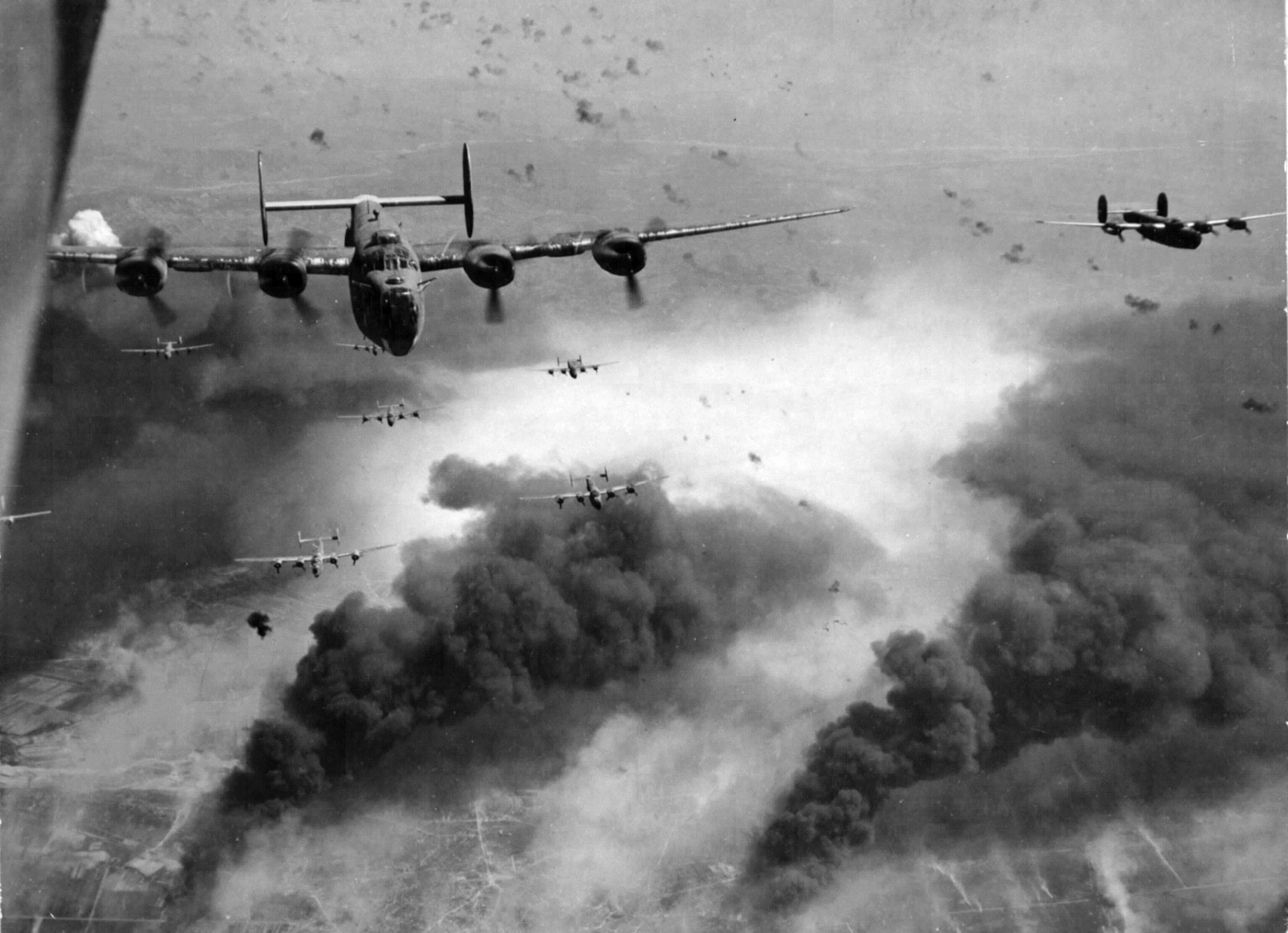
Between April 5, 1944, and August 19, 1944, the 15th AF heavy bombers targeted Ploesti 19 times. The B-24s’ accurate bombing reduced the Ploesti facilities’ production by nearly percent, choking the Third Reich’s oil resources to a trickle.
The cost of the air offensive was high — 223 of the bombers were shot down, along with several escort fighters. More than 1,100 American air crews became prisoners of war in Axis-aligned Romania.
Major Raid and Capture
For a major raid on August 17, 1944, the 15th AF sent 248 B-24s to Ploesti. Lt. Colonel James A. Gunn, the commanding officer of the 454th Bomb Group, led his B-24s during the strike.
On the run in to the target, four of the Liberators of the lead squadron were shot down by flak. This included Colonel Gunn’s bomber. Most of his crew bailed out safely, and were quickly captured.
Since they were captured by Romanian troops, Gunn and his men were sent to Romanian prison camp, and not a German POW cage. This was the existing protocol among the Axis partners.
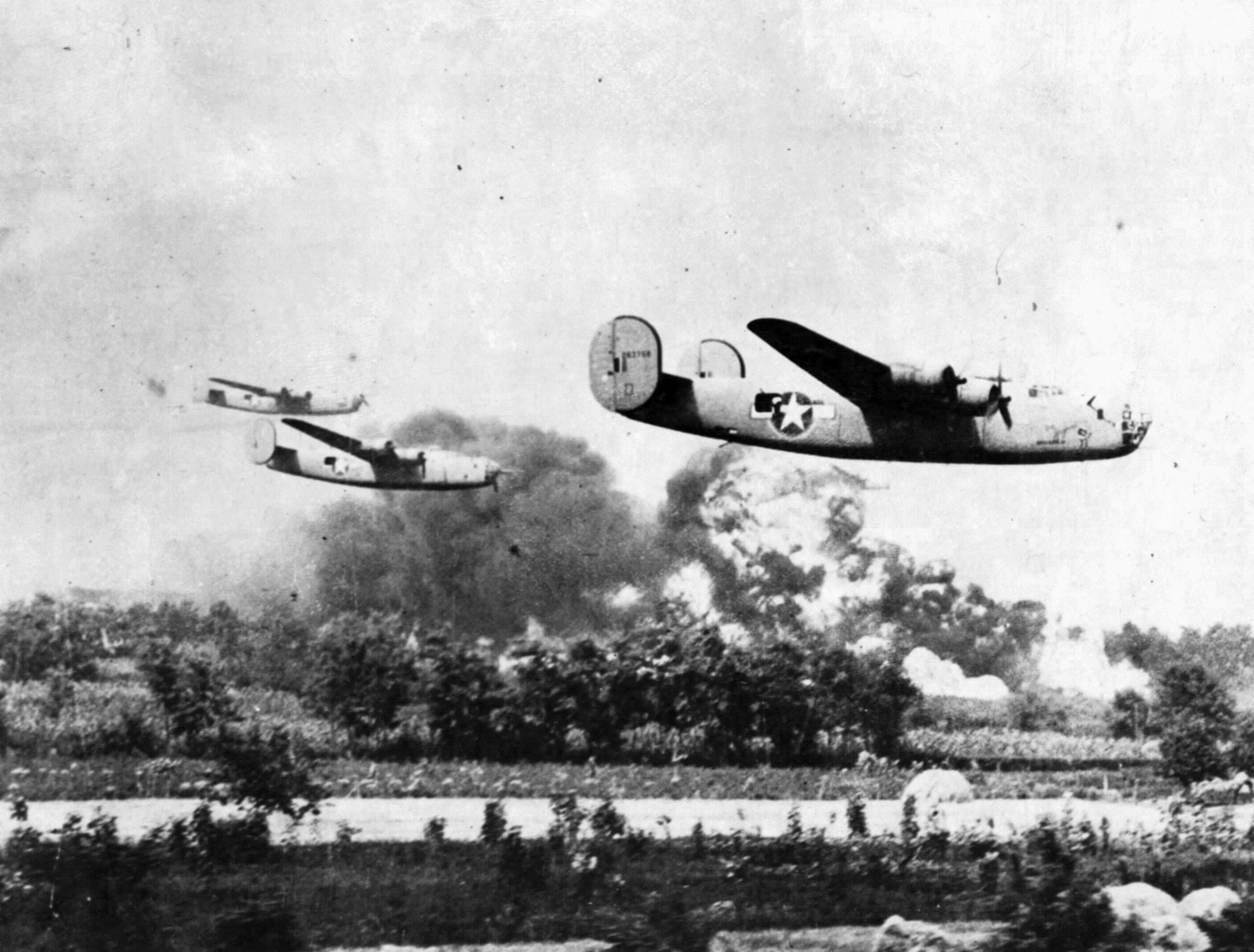
Colonel Gunn was sent to the officers’ prison in Bucharest, where he would be the senior officer among the POWs there. Romanian officials interrogated him, but Gunn was not harmed. Even so, living conditions at the prison were terrible, with food and medical treatment in short supply.
Romanian Capitulation
While Colonel Gunn’s bomb group was attacking by the air, the Soviet Red Army had begun an invasion of Romanian from the north. On August 23, 1944, Romanian King Michael gave in to the extreme pressure from the relentless Soviet advance and surrendered to the Russians.
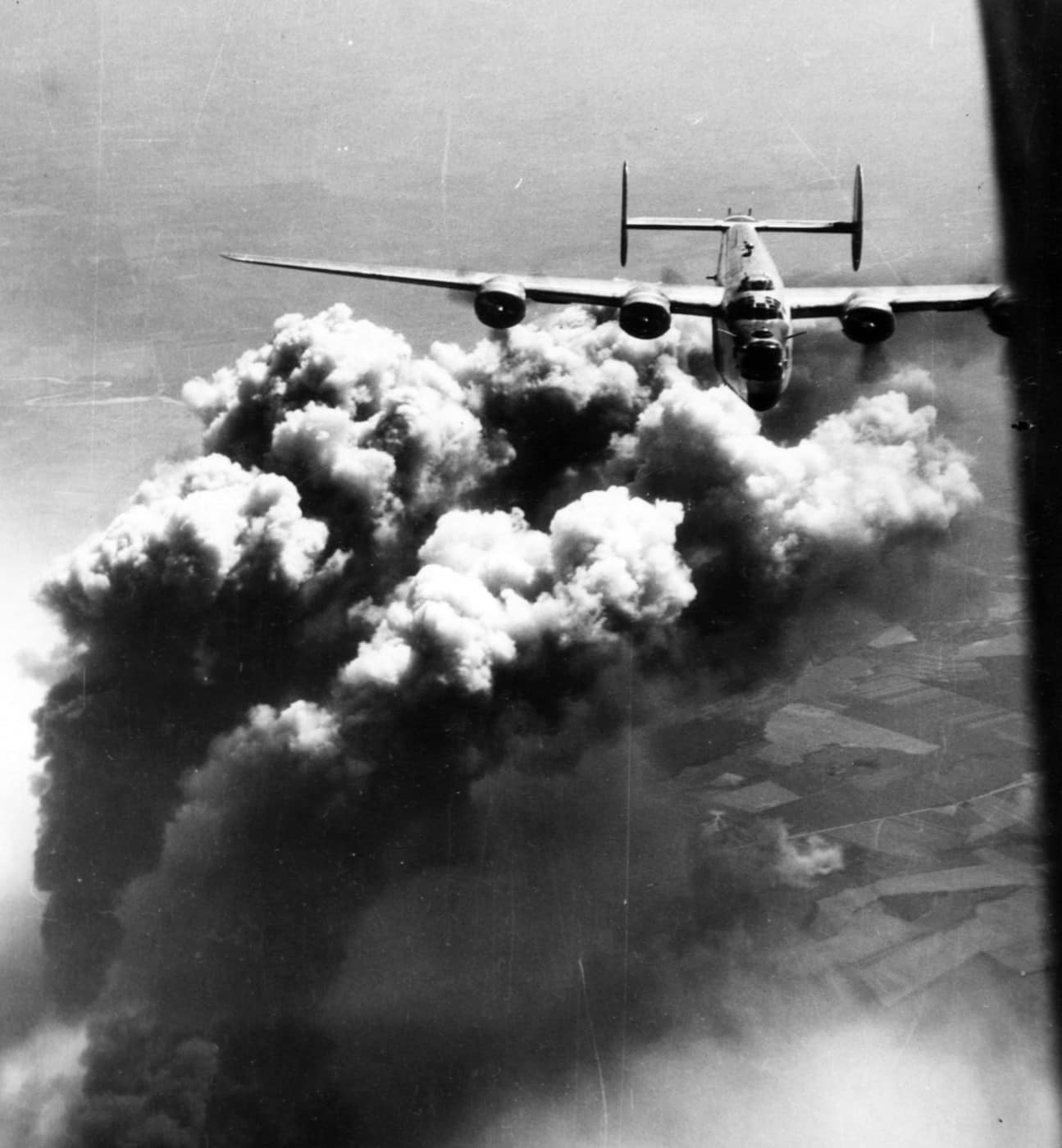
Panic gripped the Romanians as they faced the prospect of occupation by the hated Soviets. Meanwhile, the Germans were enraged by their former ally’s surrender and began a series of bombing raid reprisals against Bucharest and other Romanian cities.
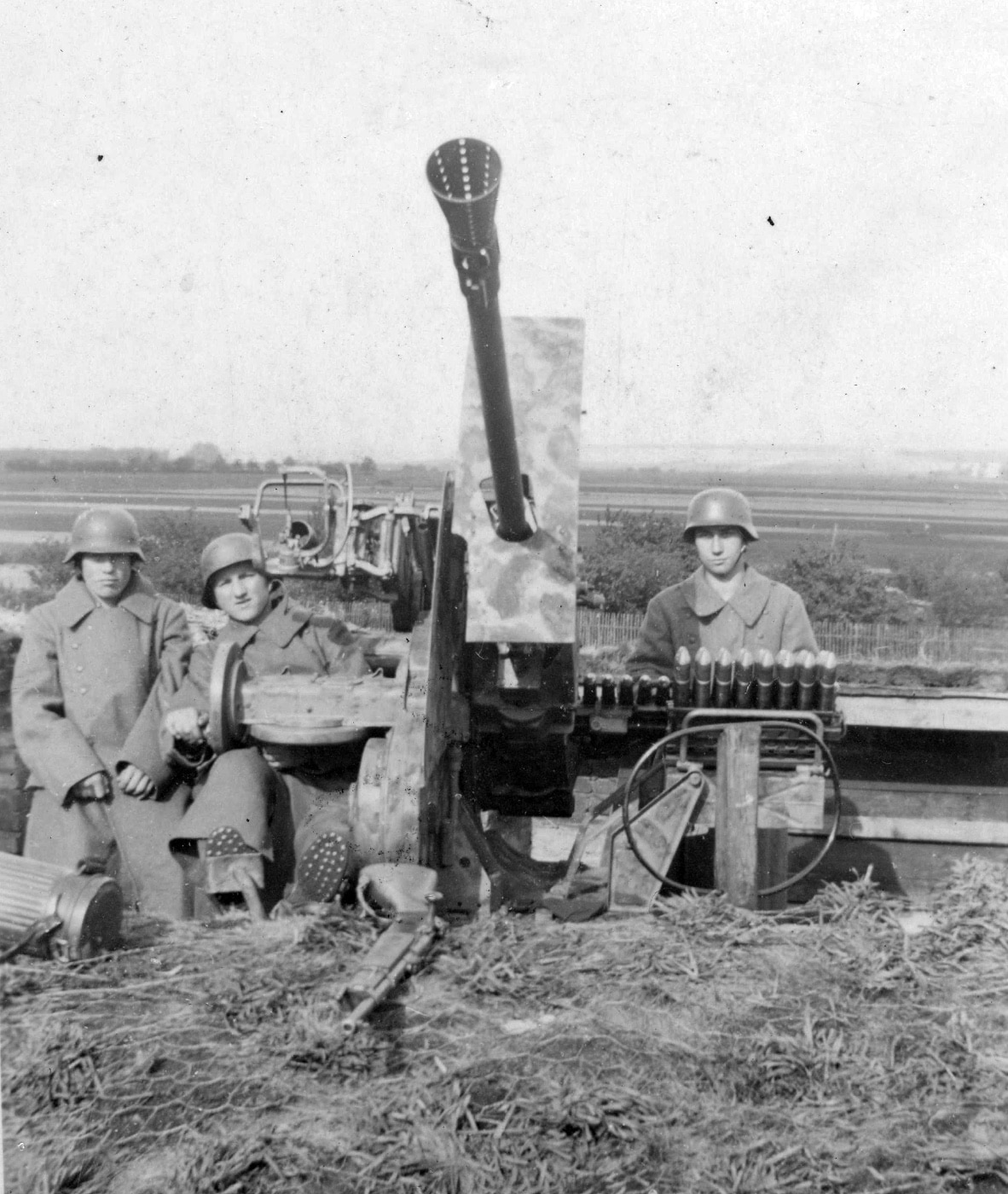
When news of the Romanian surrender reached the prison guards in Bucharest, they deserted their posts, leaving the gates open but offering no help to the Allied prisoners.
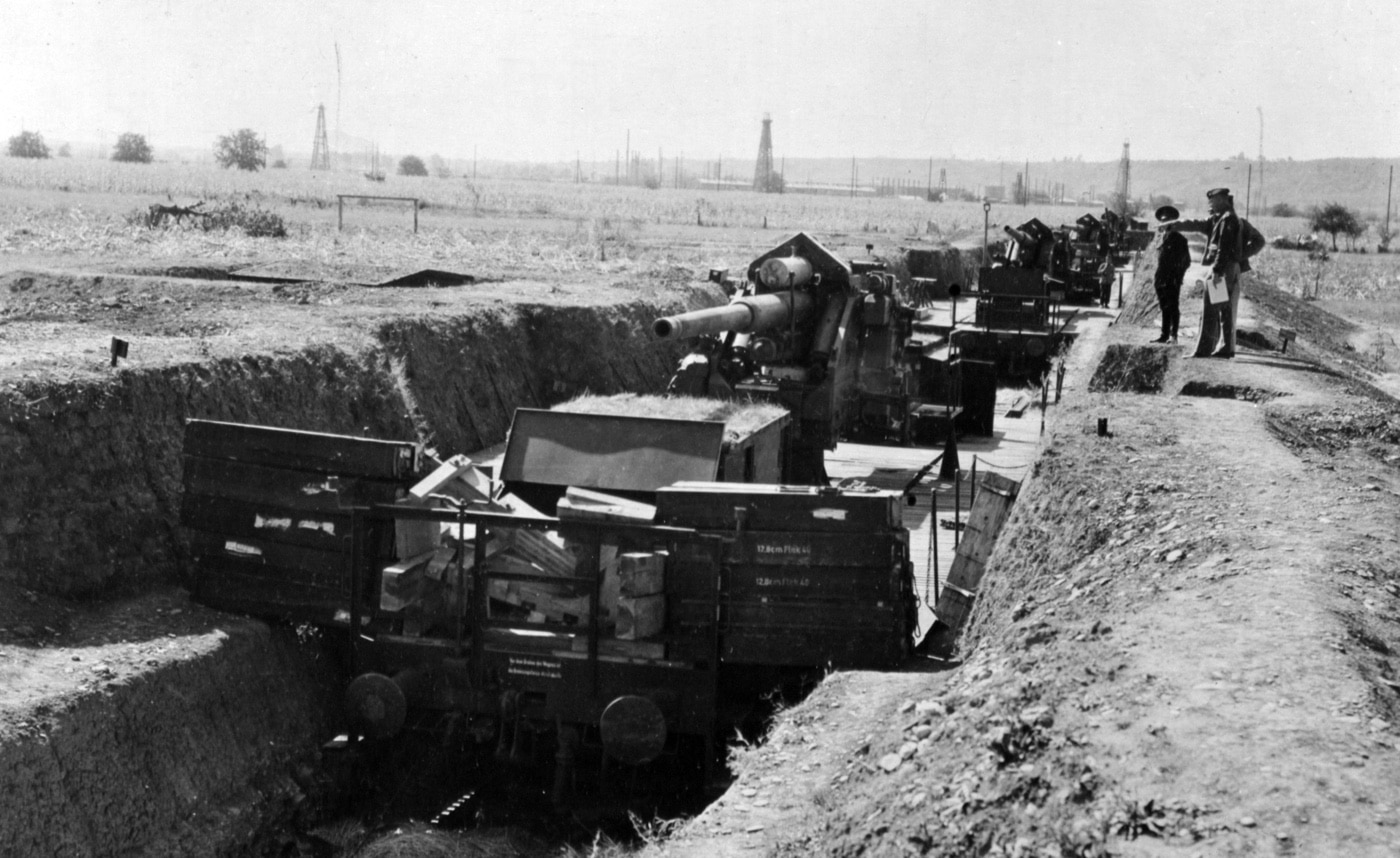
Gunn worked quickly to keep the Allied prisoners together until some arrangement could be made for their safe return home. Unfortunately, it proved quite difficult to find anyone with the authority to get the stranded prisoners back to Allied territory.
The first success was achieved when senior Romanian officials agreed to move the American POWs to a safer location outside the city, and then fly Colonel Gunn to Italy to work out a deal to evacuate the men.
An immediate concern for the Romanians was the increasing level of German air attacks against Bucharest. Colonel Gunn agreed to have 15th Air Force bombers strike Luftwaffe airfields in Romania to neutralize the threat.
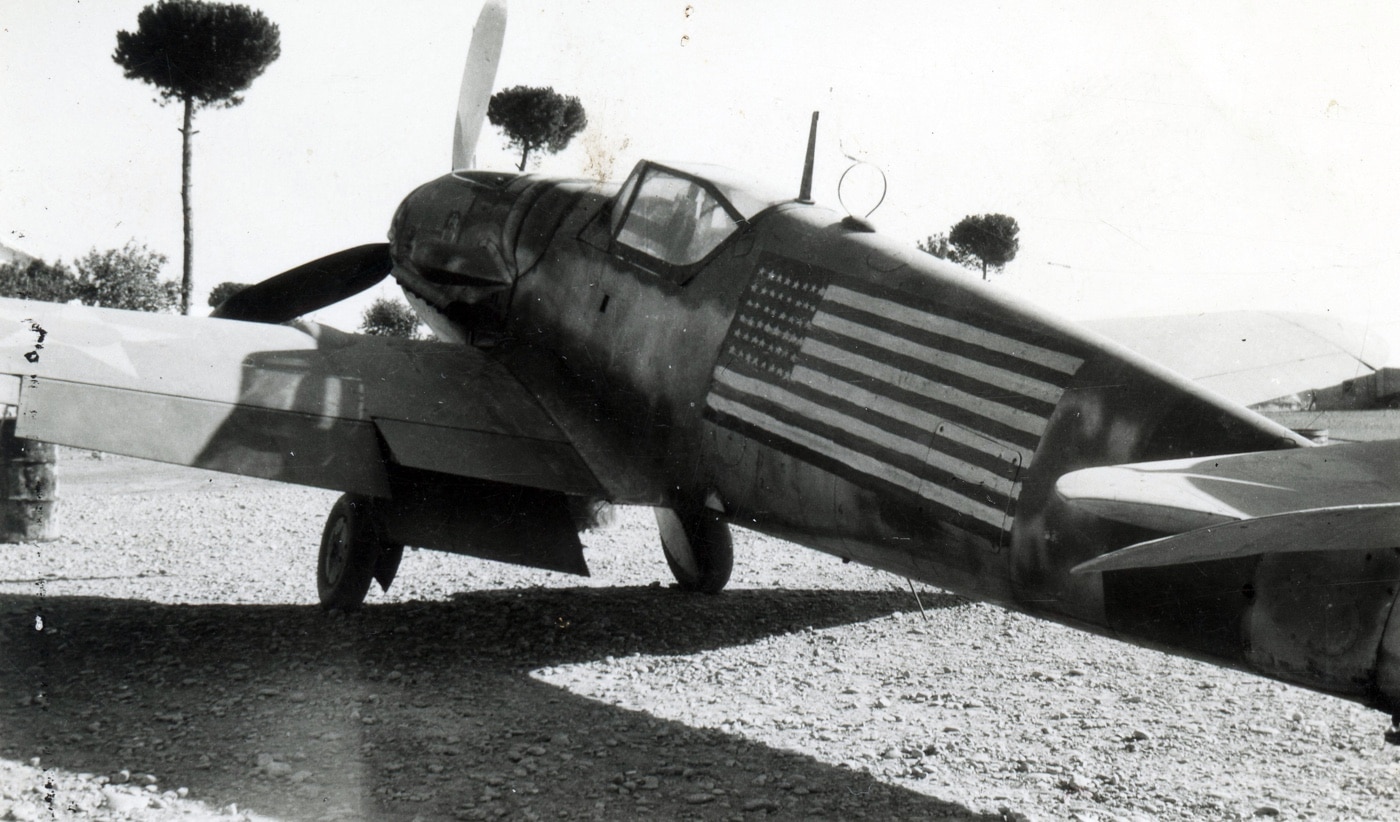
The Romanians also requested that their country be occupied by the British or the Americans — but this was far outside the scope of Gunn’s authority, and beyond the realm of any realistic possibility. For the foreseeable future, German forces would fight the Soviets on Romanian soil, with the Romanians trapped in between.
Escape to Italy in a Messerschmitt
Gunn’s original flight to Italy was in a twin-engine aircraft, but moments after takeoff the Romanian pilot claimed he had engine trouble and returned to the field. Back at the field, Colonel Gunn was approached by Capt. Constantine Cantacuzino, who offered to fly him to Italy in the belly of his Messerschmitt Bf 109G.
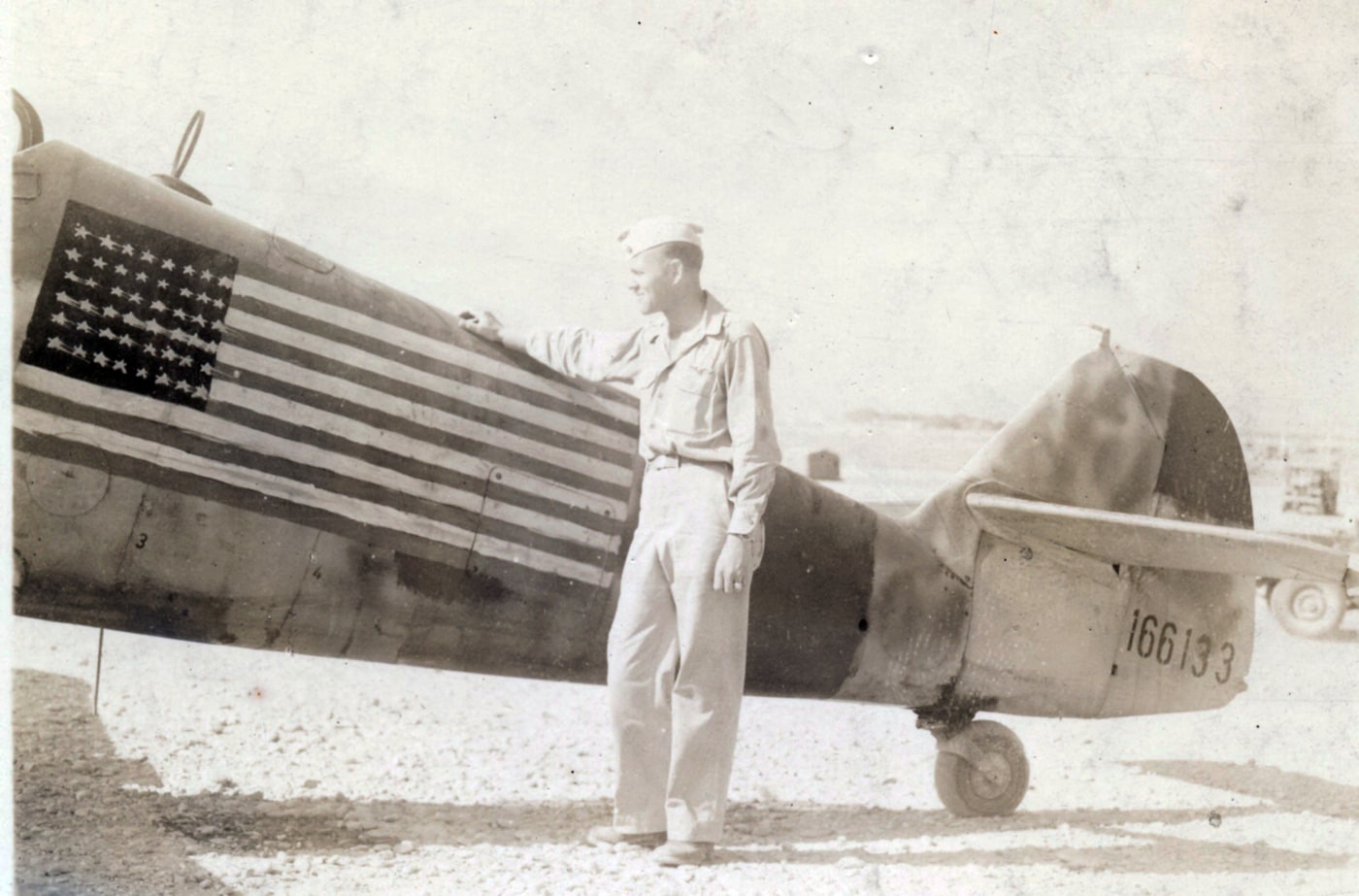
Captain Cantacuzino was a highly experienced pilot and the leading Aeronautica Regală Română ace with 53 victories. Cantacuzino had been flying bomber interception missions alongside the Luftwaffe, now he was ready to help the American airmen he had recently fought against.
It was a risky plan, but time was of the essence. Gunn agreed, even though he would be trapped in the fuselage of a small enemy aircraft flying into Allied airspace. There would be no way for him to bail out if Cantacuzino’s aircraft ran into trouble.
To make matters worse, there were no available maps of Italy to guide his pilot, so Gunn drew a map of Italy’s southeastern coast (as well as the approach to the 15th AF base at San Giovanni) from memory. Gunn recommended that they fly “on the deck” to avoid German radar interception, but Cantacuzino preferred to travel at 15,000 feet as he had little confidence in the Bf 109’s low-level performance. It was going to be a long, cold, and cramped flight for Gunn with very little oxygen.
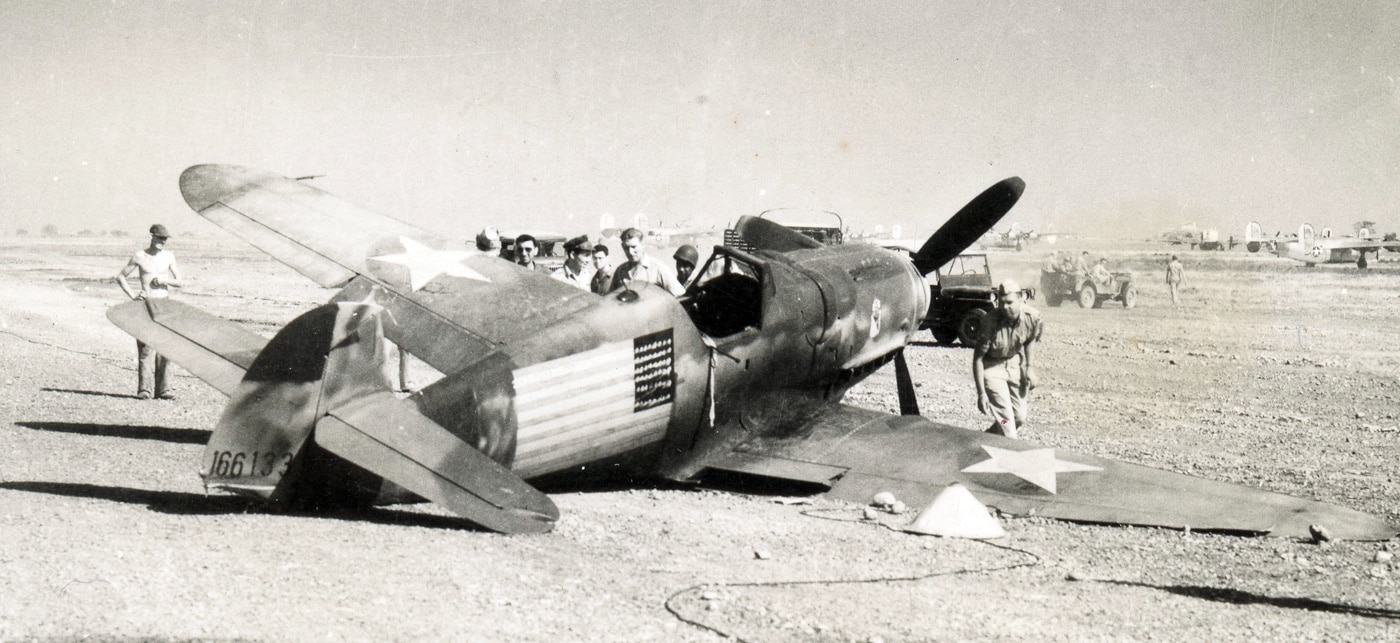
Unique Markings
Before the flight, Cantacuzino’s Messerschmitt was provided with some of the strangest markings ever seen on a combat aircraft in World War II. A large American flag was crudely painted on both sides of the fuselage. Early war type, US Army Air Corps, stars (featuring the large red “meatball” in the center) were painted on the wings.
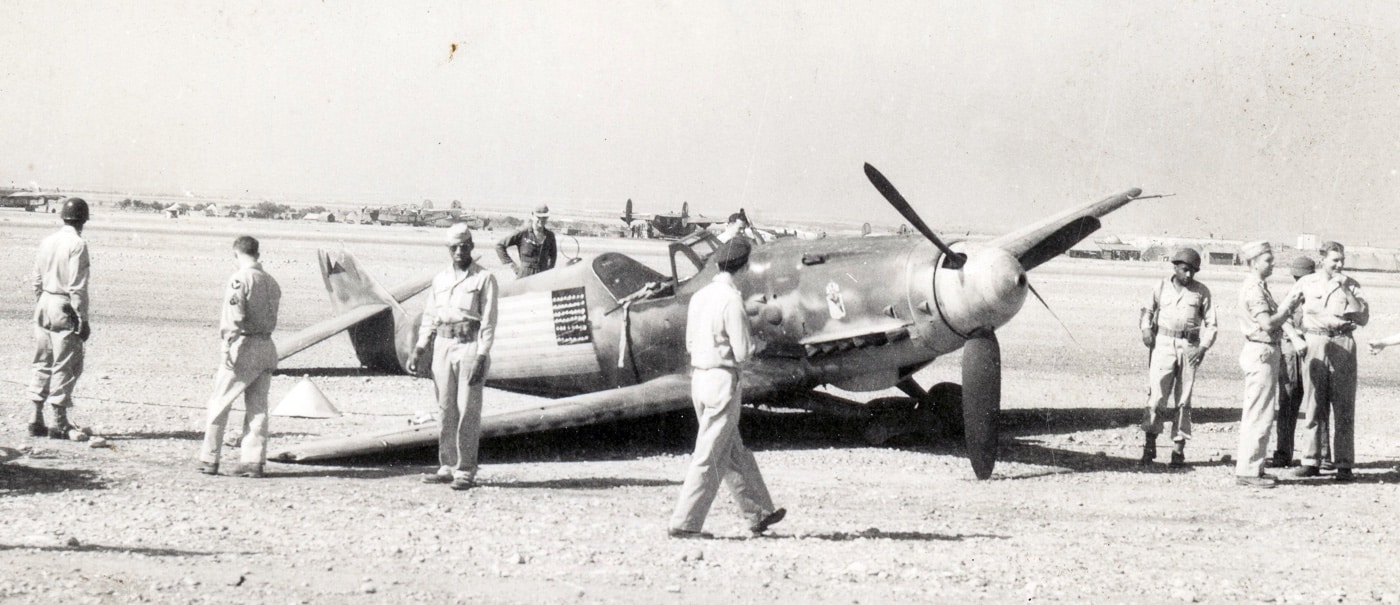
To add to the Hollywood movie-quality intrigue, Cantacuzino feared that their plan may have been compromised by German sympathizers within his squadron. Consequently, he suddenly provided flight gear to Gunn, who somehow squeezed into the 18-inch square access panel in the Bf 109’s fuselage (which had formerly been the radio compartment).
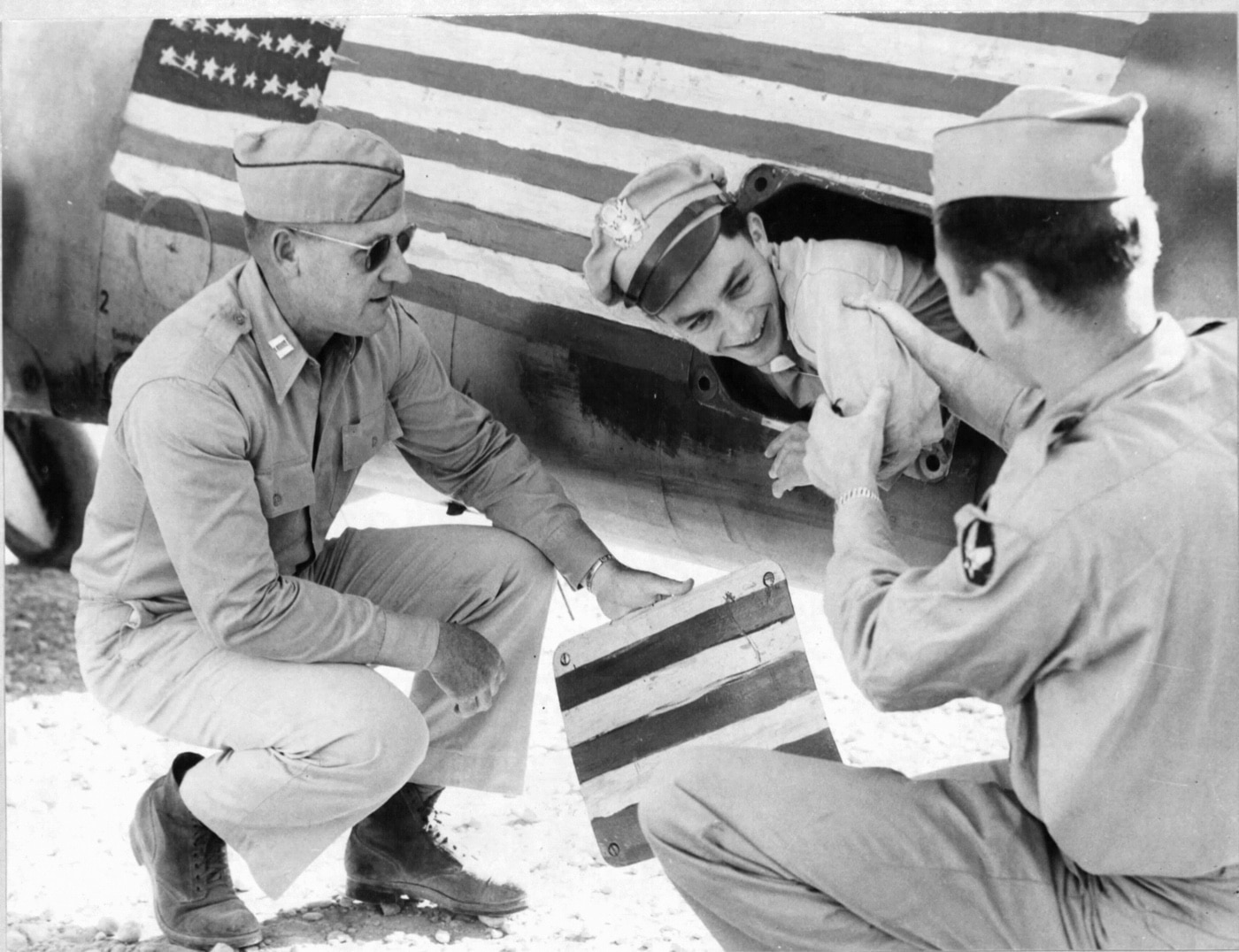
The strange mission of mercy began about 5:30 PM on August 27, 1944, and remarkably the two-hour flight to Italy went off without any further drama.
The Great Escape
Colonel Gunn and Captain Cantacuzino were taken to 15th AF headquarters at Bari, where planning began almost immediately for the bombing raids against German airfields near Bucharest. Simultaneously, plans for the evacuation of the POWs were developed and a small group of B-17 Flying Fortresses were quickly modified to act as emergency transport aircraft. Appropriately, the rescue plan was named “Operation Gunn”.
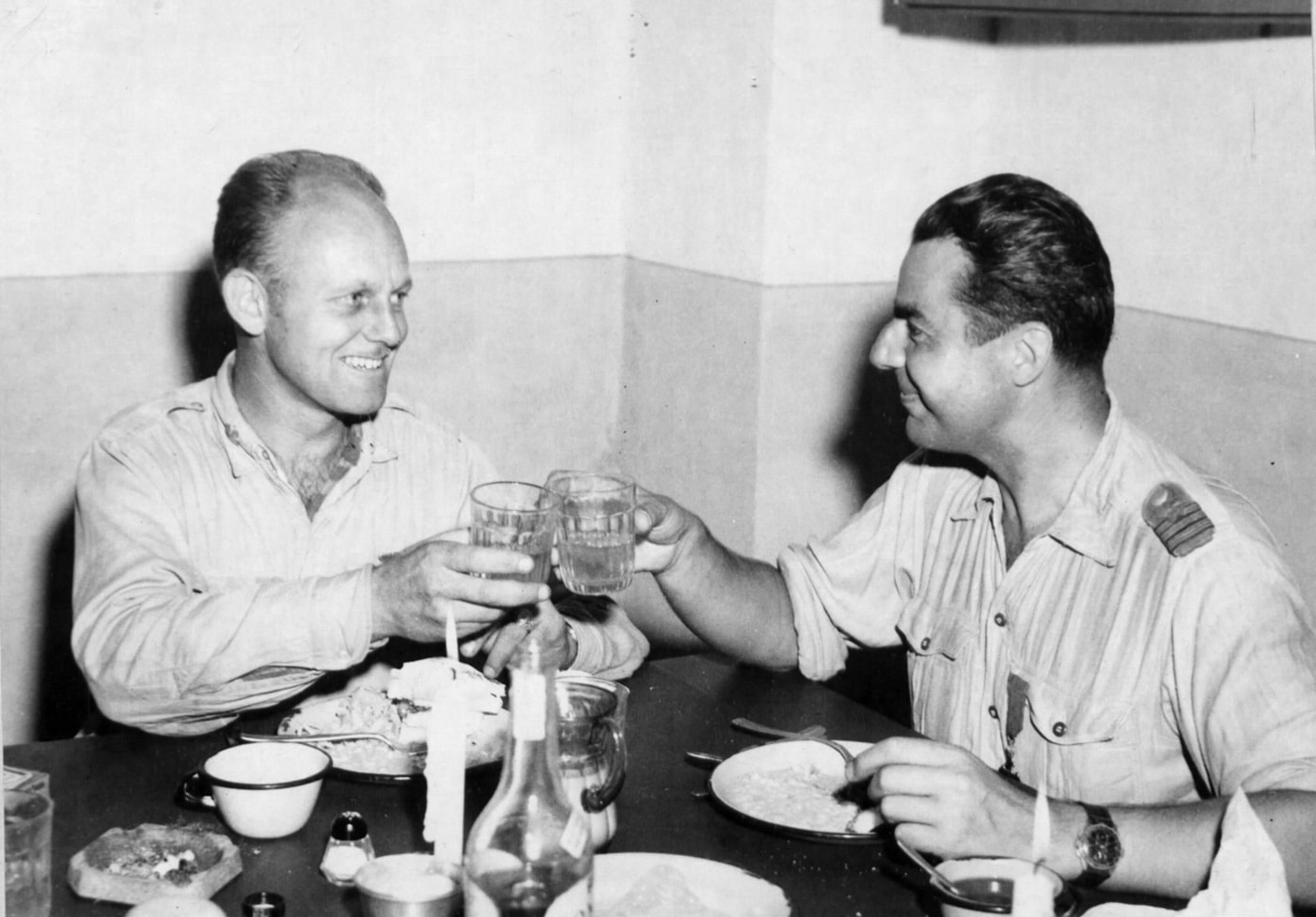
Rescue flights began soon after airstrikes temporarily neutralized Luftwaffe units in the Bucharest area. By September 3, 1944, a total of 1,161 American and British POWs had been flown out of Romania. The incredible gamble had paid off, and as it played out one of the most incredible stories of WWII was written.
Both pilots survived the war. Colonel James Gunn returned to the United States and enjoyed a successful business career. Captain Cantacuzino was unable to return to Romania, as the new communist regime had a price on his head due to his service alongside the Germans in the former Romanian air force. Consequently, he emigrated to Spain after the war and passed away in 1958.
Editor’s Note: Please be sure to check out The Armory Life Forum, where you can comment about our daily articles, as well as just talk guns and gear. Click the “Go To Forum Thread” link below to jump in and discuss this article and much more!
Join the Discussion
Continue Reading
Did you enjoy this article?

 728
728






